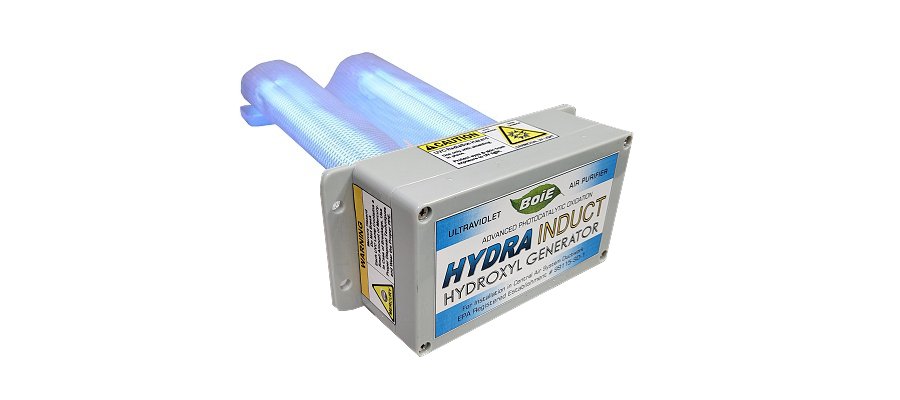
- #HYDROXYL PHOTOLINKER SKIN#
- #HYDROXYL PHOTOLINKER PLUS#
Our therapeutic exfoliant lotions help lock in moisture & relieve dry, flaky, rough or bumpy skin.
DOCTOR RECOMMENDED: AmLactin is the #1 dermatologist-recommended moisturizer brand with AHA. #HYDROXYL PHOTOLINKER SKIN#
Instantly improve visibly dry, flaky skin with AmLactin Rapid Relief.
 RESTORING LOTION WITH CERAMIDES: Alpha Hydroxy Acids gently exfoliate dry skin while ceramides help lock in moisture. It is clinically proven to relieve dry skin for 24 hours.
RESTORING LOTION WITH CERAMIDES: Alpha Hydroxy Acids gently exfoliate dry skin while ceramides help lock in moisture. It is clinically proven to relieve dry skin for 24 hours. #HYDROXYL PHOTOLINKER PLUS#
24-HOUR RELIEF: AmLactin Rapid Relief is the only patented formula to combine our powerful Alpha Hydroxy Therapy, Lactic Acid, plus 3 ceramides. Use AmLactin Rapid Relief Lotion for instant plus visible results and uncover visibly soft, silky, youthful-looking skin. It is a dermatologist-recommended body lotion that is clinically proven to relieve dryness for 24 hours. AmLactin Rapid Relief Lotion is the only patented formula to combine ULTRAPLEX* plus three ceramides. Scissors, Rulers & Compasses chevron rightĪmLactin Rapid Relief Lotion is ideal for use on large areas of the body, such as the arms, legs, trunk and back with visibly rough, flaky dry skin. Crayons, Markers & Highlighters chevron right. Digestive Health & Nausea chevron right. Hermanson GT (ed) (1995) Bioconjugate Techniques. Sabanayagam CR, Smith CL, Cantor CR (2000) Nucleic Acids Res 28:e33, ii–iv Reichmuth P, Sigrist H, Badertscher M, Morf WE, de Rooij NF, Pretsch E (2002) Bioconjug Chem 13:90–96 Sigrist H, Collioud A, Clemence J-F, Gao H, Luginbuehl R, Saenger M, Sundarababu G (1995) Opt Eng (Bellingham, Washington) 34:2339–2348 Haynes CA, Norde W (1995) J Colloid Interface Sci 169:313–328īuijs J, Norde W, Lichtenbelt JWT (1996) Langmuir 12:1605–1613Ĭhevrier D, Rasmussen SR, Guesdon J (1993) Mol Cell Probes 7:187–197 Wessa T, Rapp M, Sigrist H (1999) Colloids Surf B Biointerfaces 15:139–146 
For this study DNA oligonucleotides were chosen as a model system of biomolecular probes, and fluorescence detection of DNA microarrays served as method of detection. Of all photolinkers and substrates tested, PTD as photolinker and COC as substrate showed the highest photolinking efficiencies and fastest reaction times. We compared the overall photolinking efficiency of all photolinkers with respect to the polymer substrate they are applied to, and we found considerable differences for certain photolinker/substrate combinations. The influence of substrate material is discussed, and three different polymers served as representative substrates: poly(methyl methacrylate) (PMMA), polystyrene (PS), and a cycloolefin copolymer (COC). The influence of these variables are investigated for four prominent photolinkers: ketyl-reactive benzophenone (BP) and anthraquinone (AQ), nitrene-reactive nitrophenyl azide (NPA), and carbene-reactive phenyl-(trifluoromethyl)diazirine (PTD). This study addresses the selection of photolinker and the adjustment of reaction conditions, such as the concentration of biomolecule applied, and irradiation time.

The use of photolinkers (photoactivatable heterobifunctional crosslinkers) is a popular method to attach biomolecules to polymer surfaces.







 0 kommentar(er)
0 kommentar(er)
